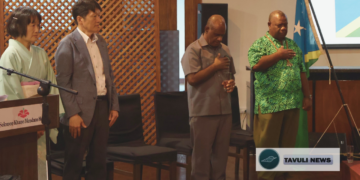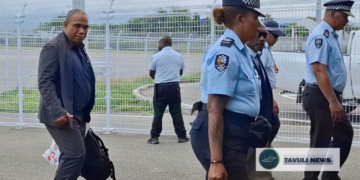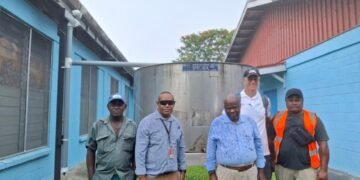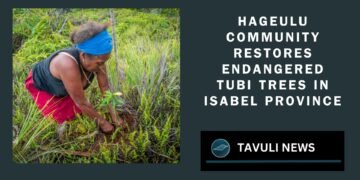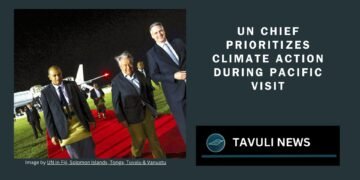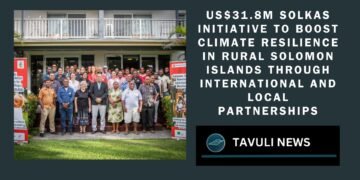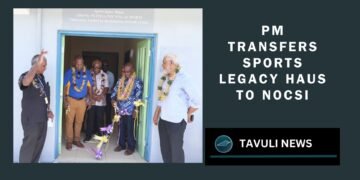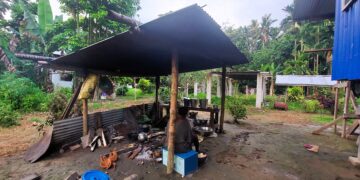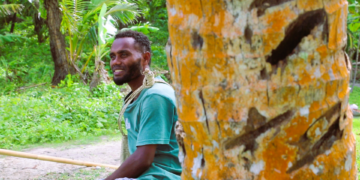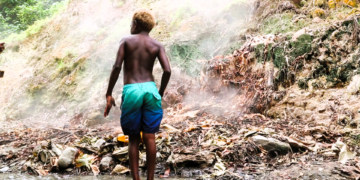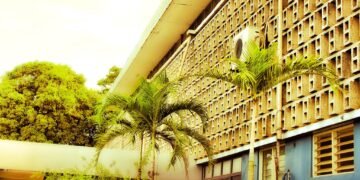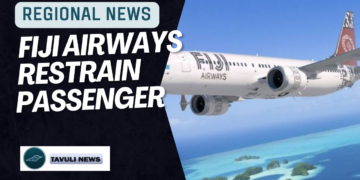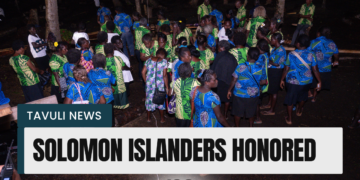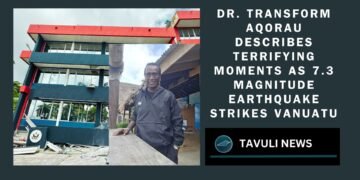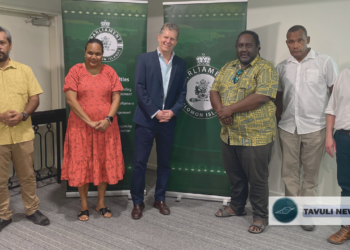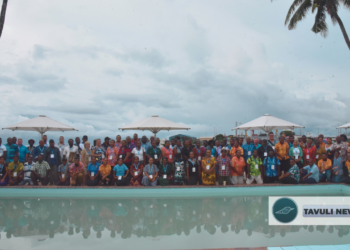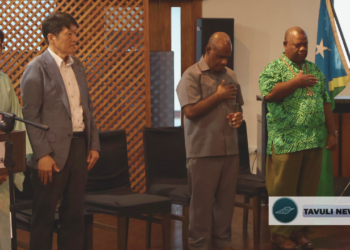Government’s Geology Department in Crisis as Vital Monitoring Stations Fall into Disrepair
The Solomon Islands are facing a pressing concern that demands immediate attention – the looming threat of the volcanic eruption of Savo, a ticking time bomb. In comparision to climate change, geo hazards such as volcanic eruptions does not seem to be a high priority on the national stage.
Thomas Toba, a senior geologist in the government’s Department of Geology and Survey in the Ministry of Mines and Energy, highlights the precarious situation: “We are not in a good situation. Without information data, we are doing things blindly.” The government’s geology department, responsible for monitoring geo hazards such as volcanic activities and earthquakes, faces significant challenges in maintaining an effective early warning system. Most of the monitoring stations across the country, established to strengthen the early warning system, have either been vandalized or surpassed their lifespan.
Situated within the ‘Ring of Fire’ surrounding the Pacific Ocean basin, the Solomon Islands are prone to earthquakes, tsunamis, and volcanic activity.

Toba expresses unease, emphasizing the importance of proper monitoring for public safety. “We are part of the network of early warning system in the country. Once we receive information, we will then send the information to the Solomon Islands Met Services (SIMS) who will then further distribute the warnings to other stakeholders, including the general public”, says Toba. Currently the department staff only works during official hours as they do not have the resources nor man power to do 24 hour monitoring work. John Roga, Director of the Geology Department, laments the vital role these monitoring stations play and urges the government to prioritize their maintenance. He emphasizes, “These stations are very important as they will save people’s lives.” Unfortunately, some individuals with selfish motives have vandalized stations, stealing essential components like batteries and solar panels, compromising the integrity of the entire monitoring system.
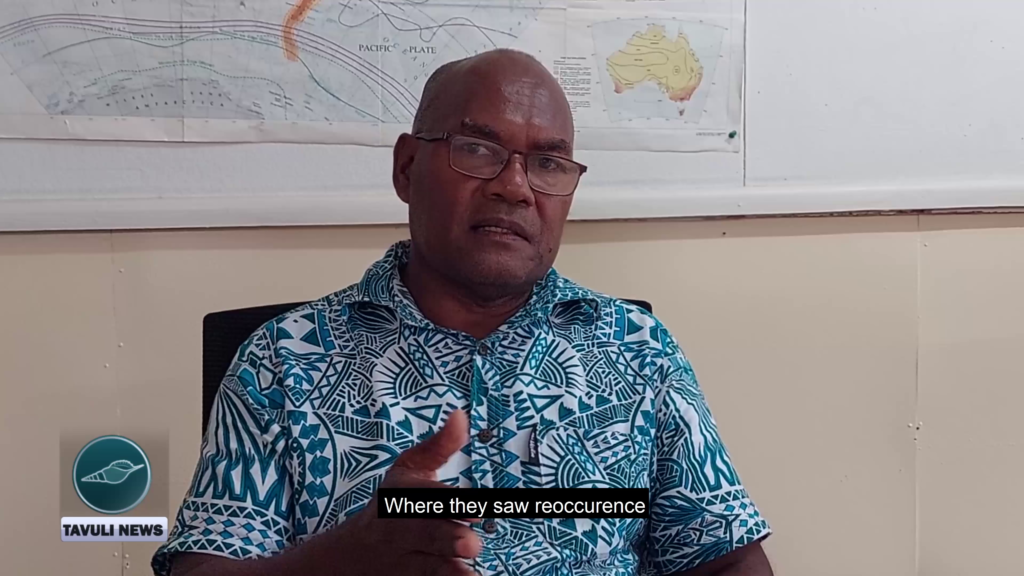
The focus of concern is the small island of Savo, known for its historical volcanic activity. The island is less than 35km from Honiara, the capital city of Solomon Islands with an estimated population of 100,000. The first written volcanic eruption dates back to 1568, describing volcanic smoke, falling ash, and peculiar white “roads” cutting through the jungle. Allegedly there was 1001 deaths on the island from the volcanic eruption in that year. With the last known eruption occurring 183 years ago in 1840, experts like Toba warn that Savo is due for another explosive event, with eruptions anticipated every 200 to 300 years. Recent observations since 2021 indicate heightened activity, leading experts to conclude that Savo is now active again.
Toba’s apprehension extends to the potential impact on Honiara, should Savo erupt. He asserts that Savo’s volcanic makeup differs from that of Hawaii, making its eruptions more violent and explosive. As a stratovolcano with steep sides and a symmetrical cone, Savo has the potential to hurl volcanic bombs, posing a severe threat to nearby communities. “For Honiara and nearby communities, we will be mostly affected by volcanic ash which might affect water. If worst gets to the worst and part of the the island sinks as a result of the volcanic eruption, we will expect a tsunami”, Toba says.
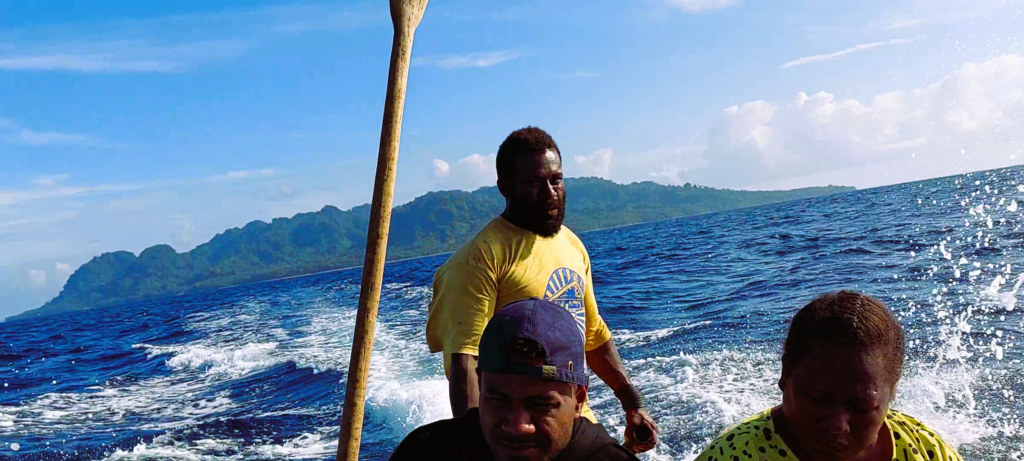
Local island resident Lawrence Loga, who grew up hearing stories about the volcano, acknowledges the unusual activities witnessed on the island. He notes a distinct change, describing it as if the volcano has awakened from a deep sleep. “We now often hear loud noises like bomb explosions”, says Lawrence. He said stories told from his grandparents described the ‘togavitu‘ that killed a lot of people on the island in the past. “That time some escaped to nearby islands while some died on this island when the togavitu erupted”, Lawrence said. In 2021, reports of strange sounds and activities prompted an investigation by the National Disaster Management Office (NDMO) and the Geology Division. Subsequent to this, the NDMO, with support from the Australian Defence Force, initiated evacuation exercises in 2022, acknowledging the need for preparedness.
The urgency is emphasised by the outdated Savo Volcano Emergency and Disaster Management Plan, established in 1975. Toba emphasizes that the plan should not be exclusive to Savo’s residents but should extend to everyone within the proximity of the volcano, including Honiara residents and business houses. The recent eruption of the Hunga Tonga–Hunga Haʻapai submarine volcano in Tonga serves as a stark reminder of the unpredictable nature of such events, urging a more serious and comprehensive approach to the Savo volcano. “We should learn from what was seen in Tonga and make plans to prepare for such disasters”, said Toba.
“We need the stations to be kept up and running”, says Toba emphasing the need for the government to re-prioritise the Solomon Islands Seismological Network. He asserts that only with functioning monitoring stations can the department carry out its responsibilities with confidence and ensure the safety of the public.
Currently Solomon Islands has three (3) active volcanos. They are the Savo Volcano in the Central Islands area, Tinakula Volcano in Temotu province and the Kavachi submarine volcano in the Western Province. The governments of the United States of America and New Zealand have been instrumental in supporting the Geology Department in equipment in past recent years.
*This feature story is produced with the support of the Indigenous Journalists Story Grant from the Earth Journalism Network (EJN) 2023



